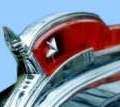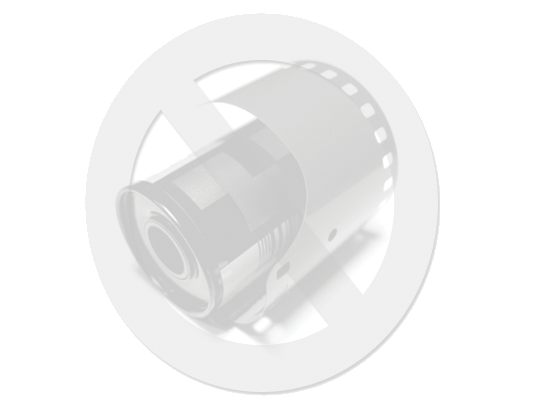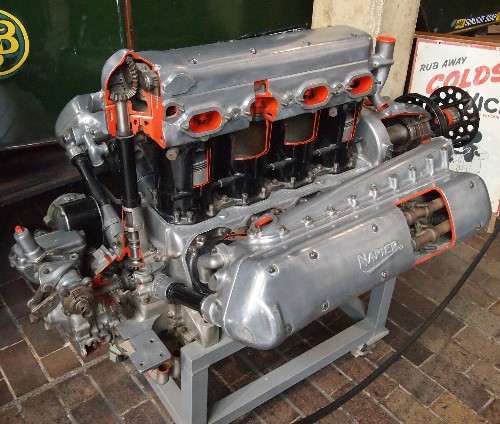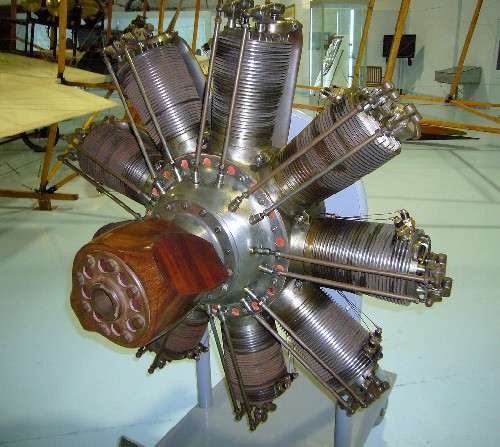|
N.R. General engine questions:
|
||||
|---|---|---|---|---|
|
Home away from home

|
I am confounded. Can someone, anyone, explain just briefly what an "Engine Balance Shaft" is???? In what engine would i find such an "Engine Balance Shaft" whether past or present day engine.
Would "Valve Train Parts" in someway be different from "Cylinder Head Parts". ???? I am completely bewidered by the terms shown above in quotation marks. It has absolutely nothing to do with any Packard nor any other vintage vehicle, nor vintage supplier, nor service provider at all.
Posted on: 2011/7/20 22:15
|
|||
|
VAPOR LOCK demystified: See paragraph SEVEN of PMCC documentaion as listed in post #11 of the following thread:f
packardinfo.com/xoops/html/modules/newbb/viewtopic.php?topic_id=7245 |
||||
|
||||
|
Re: N.R. General engine questions:
|
||||
|---|---|---|---|---|
|
Forum Ambassador
|
There is an explanation on Wikipedia that seems fairly decent. I drove Chrysler product cars that had one and guess it did the job OK. Nothing fell apart.en.wikipedia.org/wiki/Balance_shaft
Posted on: 2011/7/20 22:27
|
|||
|
Howard
|
||||
|
||||
|
Re: N.R. General engine questions:
|
||||
|---|---|---|---|---|
|
Home away from home

|
Keith, as you know the counterweights of the drive shaft make up for imbalance. The driveshaft is fixed in place but ... the engine mass centre moves! The imbalance happens because the piston rods leave the line of force two times per rotation (whenever tilted). We would need eccentrically pivoted crankshaft bearings for counterbalance. The rods flounder and struggle like baby legs and increased rotation speed, lengthen rods or heavier pistons step up the trouble - that is why Rusty mentioned engines much over 2 liters.
As illustrative example I would like to mention boxer engines. They run very silent and smooth due to their balanced centrifugal force behavior since the opposed forces equalize any noteworthy dynamic unbalance. When for instance premium manufactures like BMW (K75) and Porsche (944) changed the engine design towards inline engines then they missed the previous running smoothness of the boxers and have used balance shafts as compensation method. Quote: ...4 cylinder engines have perfect primary balance but a bad secondary vibration at twice engine speed... Rusty, thank you for taking the time to explain the function of a balance shaft (btw sometimes even two balance shafts). To write almost the same with other words I would like to substitute 4 cylinder engines by inline engines* and bad secondary vibration at twice engine speed by vibration peaks that occurs two times per revolution - just on the supposition that Keith would like to get it in both ears.  * Straight-three engines become increasingly popular at least in Europe (VW) and in Asia (Daihatsu). 
Posted on: 2011/7/21 4:54
|
|||
|
The story of ZIS-110, ZIS-115, ZIL-111 & Chaika GAZ-13 on www.guscha.de
|
||||
|
||||
|
Re: N.R. General engine questions:
|
||||
|---|---|---|---|---|
|
Home away from home
|
That's no lie! I have a yamaha 3 across triple (one piston firing every 120 degrees) and at certain RPMS the vibrations kind of harmonize and you REALLY feel it in your hands. Seems like you can go slower or faster to get around it, maybe it's not related at all.
I just like 3 cylinders :)
Posted on: 2011/7/21 9:55
|
|||
|
||||
|
Re: N.R. General engine questions:
|
||||
|---|---|---|---|---|
|
Forum Ambassador

|
Well, we were talking about 4-cylinder engines so perhaps this is not that far off-topic. Here's a real curiousity, at least in my mind; photo taken at the British National Auto Museum in Beaulieu. It's a Napier, I suppose you could call it a V-12, or perhaps a W-12; twelve cylinders in 3 banks of 4 each. Hope you find it interesting.
Posted on: 2011/7/21 10:09
|
|||
|
||||
|
Re: N.R. General engine questions:
|
||||
|---|---|---|---|---|
|
Home away from home
|
That is pretty cool! I always wondered why engine designers never used all of the space around the motor for more banks. I thought, why no 3 banks? or 4? or pistons all the way around the motor?
Then i realized i was re-inventing the wheel: On a side note, i believe there was a radial aircraft engine where the jugs rotated around a stationary crank, and it was oiled by oil blowing towards the engine in front of it somehow, and coating the plane in the process. Have to go dig that up.
Posted on: 2011/7/21 13:20
|
|||
|
||||
|
Re: N.R. General engine questions:
|
||||
|---|---|---|---|---|
|
Home away from home
|
Guess that type of motor was more common than i thought! To finish taking this thread TOTALLY off topic, here is a pic of a model rotary engine scaled down running in a plane...it's insane that everything but the crank rotates! What a ton of mass!
youtube.com/watch?v=dSYp1jFz6_E Ok, back to the topic at hand 
Posted on: 2011/7/21 13:25
|
|||
|
||||
|
Re: N.R. General engine questions:
|
||||
|---|---|---|---|---|
|
Forum Ambassador

|
Yes, many folks don't recognize the distinction between a rotary engine and a radial engine.
More to your thoughts about multiple banks, a Chrysler-built engine during WW II was (I believe) 5 banks of their flat-head sizes connected to a common crank. I believe it was generally referred to as a "W-30". Others will know more than I, there is one (or was one) at the Chrysler Museum. Strictly a wartime improvisation I'd say.
Posted on: 2011/7/21 13:36
|
|||
|
||||
|
Re: N.R. General engine questions:
|
||||
|---|---|---|---|---|
|
Home away from home

|
The earliest balancer shaft attempt I've seen was in a 1910 Brush. It had a gear that slung a weight around in the crankcase. Supposedly it didn't do very much good.
Posted on: 2011/7/21 17:41
|
|||
|
||||

 (215.05 KB)
(215.05 KB)








